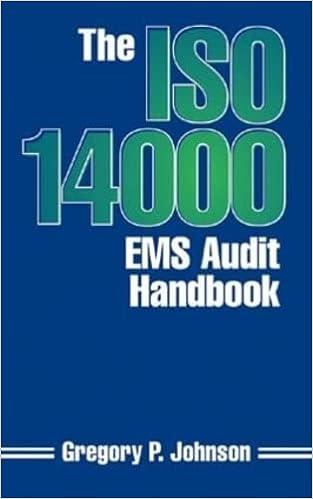Question
Periodic inventory by three methods The beginning inventory at Midnight Supplies and data on purchases and sales for a three-month period ending March 31 are
Periodic inventory by three methods
The beginning inventory at Midnight Supplies and data on purchases and sales for a three-month period ending March 31 are as follows:
| Date | Transaction | Number of Units | Per Unit | Total |
|---|---|---|---|---|
| Jan. 1 | Inventory | 9,000 | $60.00 | $540,000 |
| Jan. 10 | Purchase | 21,000 | 70.00 | 1,470,000 |
| Jan. 28 | Sale | 10,250 | 140.00 | 1,435,000 |
| Jan. 30 | Sale | 5,750 | 140.00 | 805,000 |
| Feb. 5 | Sale | 3,500 | 140.00 | 490,000 |
| Feb. 10 | Purchase | 39,500 | 75.00 | 2,962,500 |
| Feb. 16 | Sale | 15,000 | 150.00 | 2,250,000 |
| Feb. 28 | Sale | 10,000 | 150.00 | 1,500,000 |
| Mar. 5 | Purchase | 25,000 | 82.00 | 2,050,000 |
| Mar. 14 | Sale | 30,000 | 150.00 | 4,500,000 |
| Mar. 25 | Purchase | 10,000 | 88.40 | 884,000 |
| Mar. 30 | Sale | 19,000 | 150.00 | 2,850,000 |
1. Determine the inventory on March 31 and the cost of goods sold for the three-month period, using the first-in, first-out method and the periodic inventory system. Inventory, March 31 fill in the blank 1 of 2$ Cost of goods sold fill in the blank 2 of 2$
2. Determine the inventory on March 31 and the cost of goods sold for the three-month period, using the last-in, first-out method and the periodic inventory system. Inventory, March 31 fill in the blank 1 of 2$ Cost of goods sold fill in the blank 2 of 2$
3. Determine the inventory on March 31 and the cost of goods sold for the three-month period, using the weighted average cost method and the periodic inventory system. Round the weighted average unit cost to the nearest cent. Inventory, March 31 fill in the blank 1 of 2$ Cost of goods sold fill in the blank 2 of 2$
4. Compare the gross profit and the March 31 inventories, using the following column headings. For those boxes in which you must enter subtracted or negative numbers use a minus sign.
| Line Item Description | FIFO | LIFO | Weighted Average |
|---|---|---|---|
| Sales | $fill in the blank 7 | $fill in the blank 8 | $fill in the blank 9 |
| Cost of goods sold | fill in the blank 10 | fill in the blank 11 | fill in the blank 12 |
| Gross profit | $fill in the blank 13 | $fill in the blank 14 | $fill in the blank 15 |
| Inventory, March 31 | $fill in the blank 16 | $fill in the blank 17 | $fill in the blank 18 |
Feedback Area
Feedback
1. The first in, first out (FIFO) method of inventory valuation is a cost flow assumption that the first goods purchased are also the first goods sold. When computing CGS, start with the units in beginning inventory.
2. The LIFO method operates under the assumption that the last item of inventory purchased is the first one sold. When computing CGS, start the last units purchased.
3. When using the weighted average method, divide the cost of goods available for sale by the number of units available for sale, which yields the weighted-average cost per unit.
4. When the cost of purchases are increasing, LIFO will produce a higher cost of goods sold, which will result in a lower gross profit.
Check My Work
- Previous
Step by Step Solution
There are 3 Steps involved in it
Step: 1

Get Instant Access to Expert-Tailored Solutions
See step-by-step solutions with expert insights and AI powered tools for academic success
Step: 2

Step: 3

Ace Your Homework with AI
Get the answers you need in no time with our AI-driven, step-by-step assistance
Get Started


